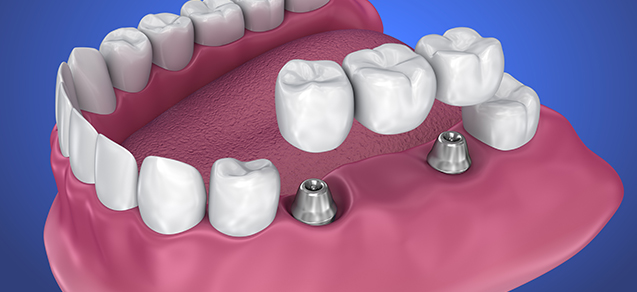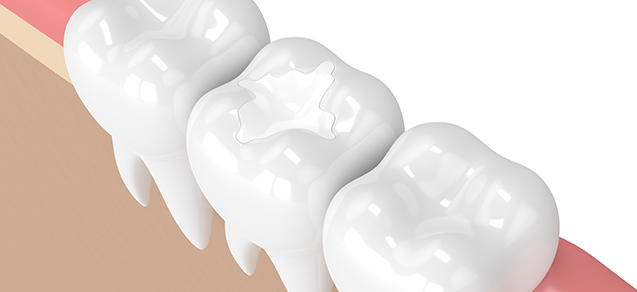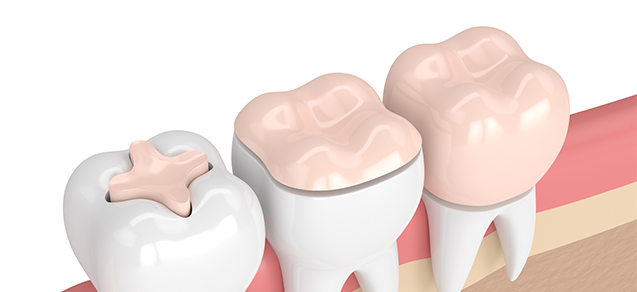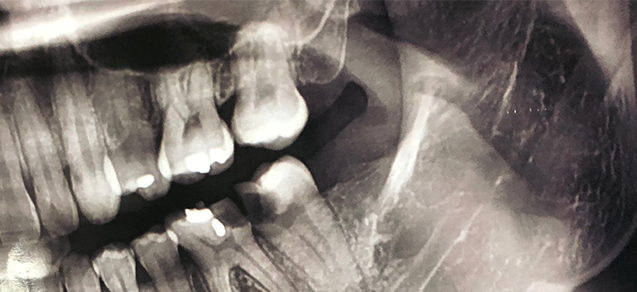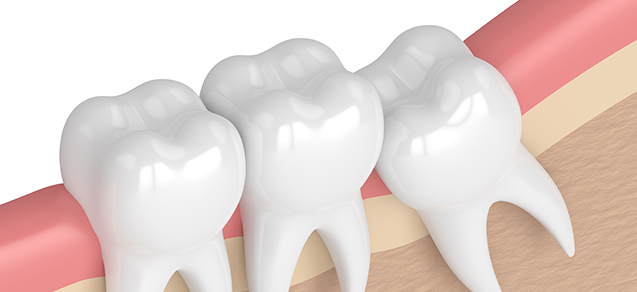 Sometimes there may not be room in your mouth for your wisdom teeth and as they start to come through, they push against the teeth already there or may start to come through at an angle.
Sometimes there may not be room in your mouth for your wisdom teeth and as they start to come through, they push against the teeth already there or may start to come through at an angle.
When this happens, you might feel some pain or discomfort, so the best thing to do is to visit your dentist. The dentist will probably take an x-ray of your mouth to see how – or if – your wisdom teeth are coming through.
From this, they will be able to make a judgment on whether or not to take them out, and how easy or difficult it might be.
Extractions
Having a tooth out is the same as having an operation and, because of this, you must look after the area to speed healing and to reduce the risk of infection. Here are some pointers:
- For the first 24 hours, try to avoid eating hot food, don’t smoke, don’t drink any alcohol and try not to disturb any blood clot which might have formed.
- Don’t rinse your mouth for 24 hours after extraction. After that, rinse gently with warm salty water – half a teaspoon of salt in a glass of water is enough.
- Brush your teeth as normal to keep your mouth as clean as possible.
- You may feel some small pieces of bone work their way out of the socket – don’t worry, this is perfectly normal.
- There may be some swelling and a bit of discomfort in the first two to three days. If you need to, take some ordinary painkillers – aspirin, ibuprofen or paracetamol will be fine.
- If you feel pain a few days after the tooth has been removed, it might be where the blood clot has broken down leaving an empty hole in the gum. This is called a ‘dry socket’ and will need to be looked at by your dentist. Simply go back and the dentist will pack the wound to ease your discomfort.
- Your dentist may have given you some gauze to place onto the area where the tooth has been removed – if not, a clean cloth handkerchief will do just as well (but not a paper tissue).
- Roll it into a small firm pad large enough to fit over the gap (probably around 1cm by 3cm).
- Sit up and gently clear away any blood clots around the gap using the gauze or hanky.
- Put a clean pad over the gap (from tongue side to cheek side) and bite down on it firmly for 10 to 15 minutes.
- Take the pad off and check whether the bleeding has stopped. If not, apply a fresh pad and contact your dentist.
If you are looking to improve your smile, click here or request an appointment by calling 01483 495 303
 Sometimes there may not be room in your mouth for your wisdom teeth and as they start to come through, they push against the teeth already there or may start to come through at an angle.
Sometimes there may not be room in your mouth for your wisdom teeth and as they start to come through, they push against the teeth already there or may start to come through at an angle.


